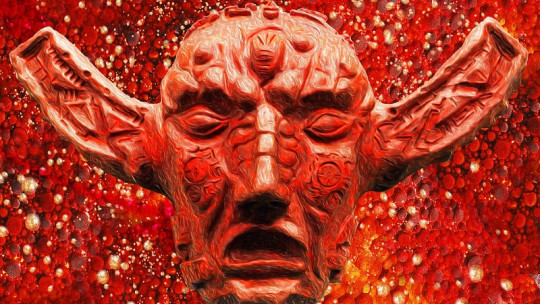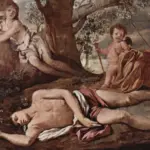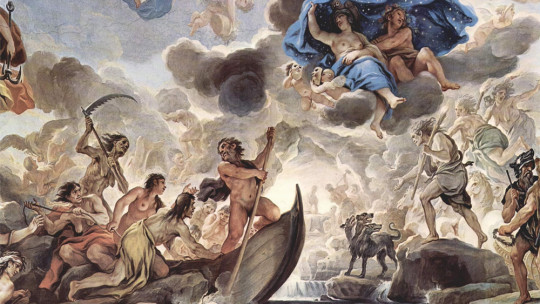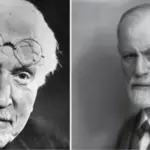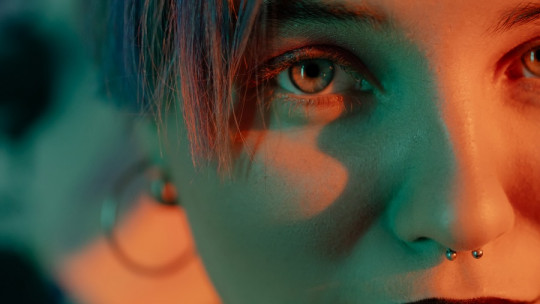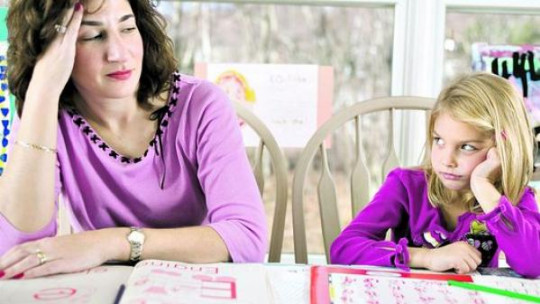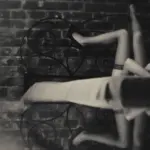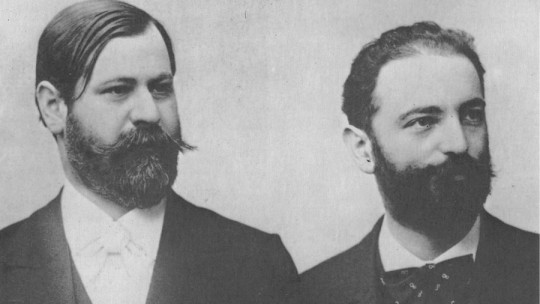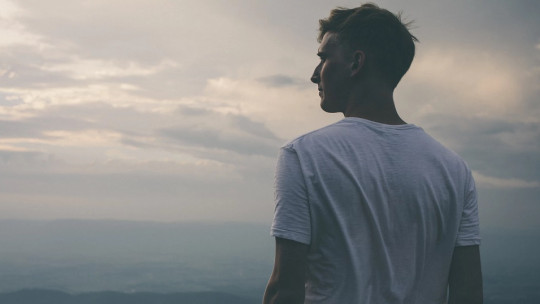The interest with which the first psychoanalysts tried to portray the mechanisms by which the unconscious affects our way of thinking and acting is known. These explanations usually focus on individuals and, in the case of Sigmund Freud’s theory, they served to explain the nature of certain mental pathologies.
However, there was one researcher who strove to go far beyond the physiological functions that explain the individual’s behavior. Carl Gustav Jung transported psychoanalysis to a plane in which the ancestral phenomena that occur at a collective level in different cultures and societies shape our way of being. And he did it through a concept called “archetype “.
How did the idea originate?
Jung believed that to understand the unconscious, his theorizing had to be taken to a terrain that transcended the functions of an organism (in this case, the human body). Therefore, from Carl Jung’s theory it is understood “the unconscious” that lives in us as a composition of individual and collective aspects This secret part of our mind has, so to speak, a culturally inherited component, a mental matrix that shapes our way of perceiving and interpreting the experiences that occur to us as individuals.
Archetypes and the collective unconscious
Archetypes are the form given to some experiences and memories of our first ancestors, according to Jung. This It implies that we do not develop in isolation from the rest of society, but that the cultural context influences us most intimately transmitting to us schemes of thought and experimentation of reality that are inherited.
However, if we focus on the individual, archetypes become emotional and behavioral patterns that carve our way of processing sensations, images and perceptions as a meaningful whole. In some way, for Jung, archetypes accumulate in the depths of our collective unconscious to form a mold that gives meaning to what happens to us.
The symbols and myths that seem to be in all known cultures are for Carl Gustav Jung a sign that all human societies think and act from a cognitive and emotional base that does not depend on the experiences of each person or on their individual differences that come to them. of birth. In this way, the very existence of the archetypes would be evidence that there is a collective unconscious that acts on individuals at the same time as the part of the unconscious that is personal.
How are archetypes expressed?
Jung’s archetypes are, in some ways, patterns of recurring images and symbols that appear in different forms across cultures and that they have an aspect that is inherited from generation to generation. An archetype is a piece that gives shape to a part of this collective unconscious that is partially inherited.
By definition, says Jung, these images are universal and they can be recognized both in cultural manifestations of different societies and in people’s speech, behavior and, of course, in their dreams. This means that they can be located and isolated in all types of human products, since culture affects everything we do even without realizing it.
Jungian archetypes are, for certain psychoanalysts, what makes certain roles and functions appear in products of culture as different as The odyssey and the movie Matrix. Of course, the existence of archetypes goes far beyond art criticism and is usually used by some therapists to detect internal conflicts between the unconscious and the conscious part of the mind.
Are there types of archetypes?
Yeah, There are certain ways to classify the different archetypes For example, there are archetypal events such as birth or death, archetypal themes such as creation or revenge, and archetypal figures such as the wise old man, the virgin, etc.
Some examples of archetypes
Some of the main archetypes are listed below:
1. Animus and Anima
He Animus It is the masculine side of the feminine personality, and the Anima It is the archetype of the feminine in the mind of man. Both are related to the ideas that are associated with gender roles.
2. The Mother
For Jung, the archetype of Mother It allows us to detect behaviors and images related to motherhood as our ancestors have experienced it.
3. The Father
The archetype of Father For Jung, he represents an authority figure who offers guidance on how to live life based on his example.
4. The Person
The archetype of Person It represents the side of ourselves that we want to share with others, that is, our public image.
5. The Shadow
Contrary to what happens with the Person, the Shade It represents everything about ourselves that we want to remain secret, because it is morally reprehensible or because it is too intimate.
6. The Hero
He Hero He is a figure of power that is characterized by fighting against the Shadow, that is, he keeps at bay everything that should not invade the social sphere so that the whole is not harmed. Furthermore, the Hero is ignorant, since his determination leads him not to stop and continually reflect on the nature of what he is fighting.
7. The Wise
His role is to reveal the collective unconscious to the Hero. In some way, the archetype named after him Sage sheds light on the path of the Hero.
8. The Trickster
The archetype of Trickster , or the trickster, is the one who introduces jokes and the violation of pre-established norms to show the extent to which the laws that explain things are vulnerable. He sets traps and paradoxes in the Hero’s path.

